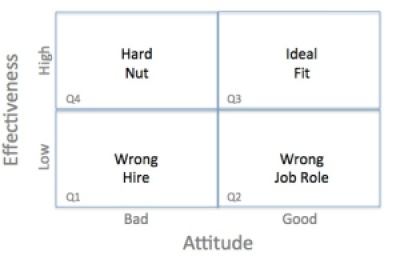
One of my pet peeves is how common the perception of a “hero entrepreneur” is. Steve Jobs or Elon Musk are amongst the two most common responses my students give when asked to name an entrepreneur. While these two men have accomplished much and altered the lives of millions, this continued veneration by much of the media (whether newspapers, television or the ocean of writing that’s out there) swamps the truth that entrepreneurship (like innovation) is a TEAM sport.
As anyone who’s stayed on at the end of a movie (I’m one of those chaps) to watch the entire credits roll knows, movie making involves hundreds of people at the very least. Startups and entrepreneurship is no different, a cast of thousands usually are toiling to make an enterprise successful. Of particular note amongst these are the co-founders and early employees many of whom not only buy into the vision but take what’s fuzzy and shape it into reality. In most cases, including in my own, they keep the founders honest and focused, not getting distracted by the next shiny thing all too often unacknowledged and at times at significant emotional and professional cost.
Once an individual has been exalted to hero status by the general public, there is an implicit level of responsibility we place on them, whether they want it or not. We end up projecting our loftiest ideals of character onto these people and forget that whether its Mahatma Gandhi or MLK, they were always just human beings.
Efe Otokiti
The very attributes that can make a founder successful—perseverance in the face of great odds, repeated missteps or even failures (that don’t quite kill the startup) can make them pig-headed (boy, do I know!) So the hero myth only makes it worse as they drink their Kool-Aid and believe in their own infallibility. Surprisingly many founders who ultimately exit their business find out it’s hard to be ‘happy’ despite their ‘success’ financially or otherwise, if their co-founders or employees don’t get what they want. And it is easy to imagine that this is unlikely to be the case when those employees or co-founders get a good or even great payoff.
As I learned in my own startups, while making money (or the thought of it) makes people happy (for a few minutes to months), everything from the trivial (“What do you mean I’ve got to pay taxes?”) to important (“What is my role going to be?”) all the way to the sublime (“What’s going to happen to our company culture?”) can muddy things at best or make them unhappy at worst. And of course as humans we are all to likely to succumb being happy with the $250K we made till we find out the next chappie made $255K! So what should founders do?
Here are three simple steps to begin with
- Recognize that entrepreneurship is a team sport and acknowledge your team mates publicly and repeatedly
- Ask and listen what their expectations beyond money are and be prepared that they might not be the same as yours
- Factor their needs and expectations by discussing and if needed educating them in how you run and exit your business
This is one of the topics that’s covered in my book, The Art of A Happy Exit – How Successful Entrepreneurs Sell Their Businesses.




You must be logged in to post a comment.